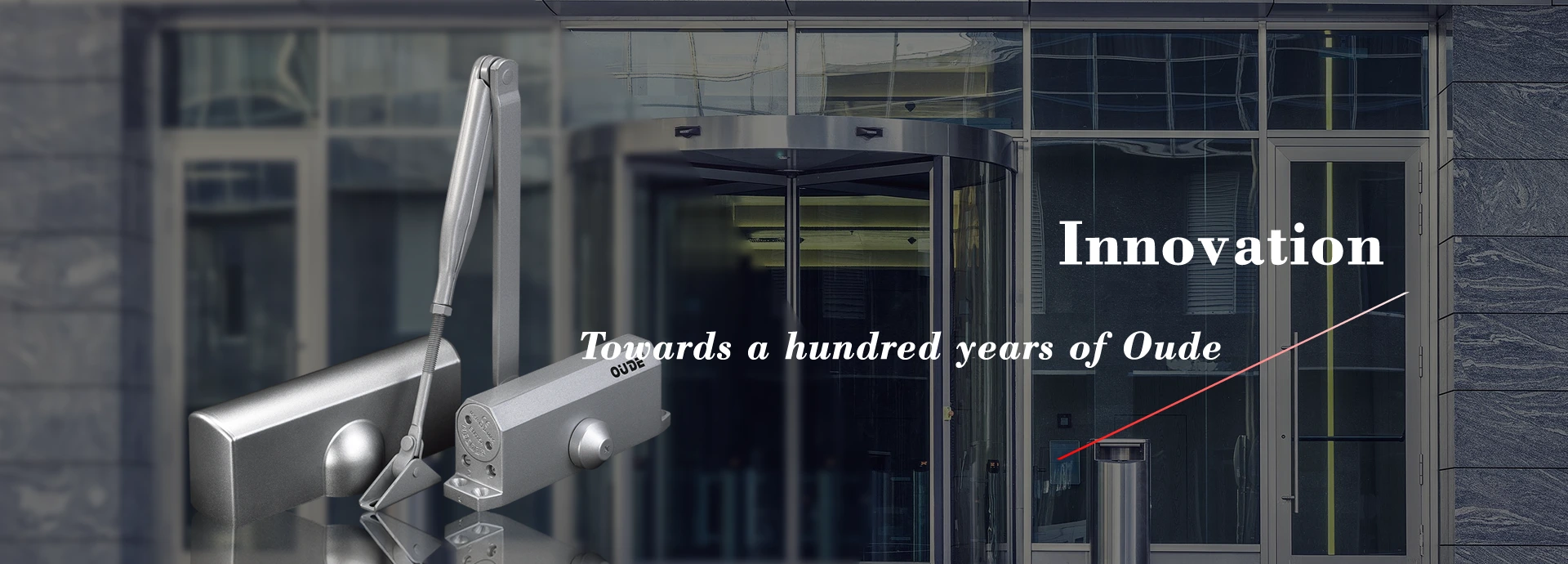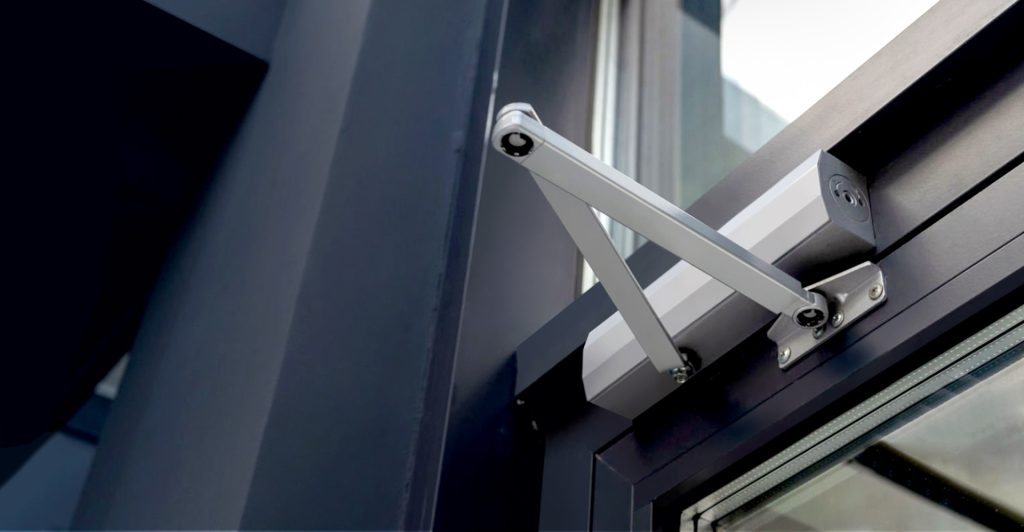
This article outlines the installation and maintenance of surface-mounted door closers, emphasizing the importance of proper setup and periodic upkeep for optimal performance.
Surface-mounted door closers are a convenient option to control door swinging and reliably close doors after use. However, proper installation and ongoing maintenance are key to ensuring they function smoothly long-term. This guide covers step-by-step installation of door closers with overhead door coordinator, helpful adjustments, and maintenance best practices.

Follow these steps to professionally install surface-mounted closers:
| Step | Description |
|---|---|
| 1. Prep and Gather Supplies | Read installation instructions. Gather the closer body, arm, fasteners, tools, drop plates, and spacers. |
| 2. Mount the Closer Body | Position the closer on the least weather-exposed side (inside for outswing doors). Mark, drill pilot holes, and secure. |
| 3. Attach the Arm | Attach one end of the arm to the door’s top rail and the other end to the closer body. Ensure the arm is perpendicular. |
| 4. Adjust Speed and Latching | Fine-tune speed, latching force, and backcheck settings using control valves. Avoid overtightening fasteners. |
Carefully read the installation instructions for your closer model to understand the process and hardware needed. Have ready the closer body, arm, fasteners, tools, and accessories like drop plates or spacers.
Position the closer body on the door frame header or jamb on the least weather-exposed side. For outswing doors, attach the closer body inside. Mark then drill pilot holes and secure the closer body with included fasteners.
Attach one end of the closer arm to the door’s top rail near the hinged side using fasteners. Connect the other end to the closer body soffit plate. The arm should be perpendicular to the door when closed.
Operate the door and fine-tune the closer speed, latching force, and backcheck via the closer’s control valves as needed. Faster settings help limit the spread of fires. For pull-side mounting, use top jamb mounts and accessories like soffit plates and drop plates so the arm rises above rather than interferes with door hardware. Take care not to overtighten fasteners.
To keep surface-mounted closers operating smoothly for years:
Here are a few steps you can take to troubleshoot common closer issues:
If the door stops short of fully closing, increase the closer power valve setting incrementally until the latch engages reliably. Don’t max out the power unnecessarily.
If the door is closing too forcefully, reduce the closer valve setting until the swing speed is smooth and controlled without slamming.
A drooping arm that fails to hold a horizontal position indicates worn closer internal parts. The closer mechanism needs professional service or replacement.
Seal failures may create leaks around closer body fasteners or the arm joint. Try re-tightening fasteners first, or replace damaged gaskets/seals if needed.
Proper installation of door closers with overhead door coordinator, effortlessly control facility access for years with basic periodic maintenance. For expert guidance selecting ideal surface-mounted closers for your specific doors, contact the knowledgeable professionals at OUDE. With decades of experience equipping partners with door control solutions for every application, OUDE can recommend the perfect surface closers to meet your needs.




